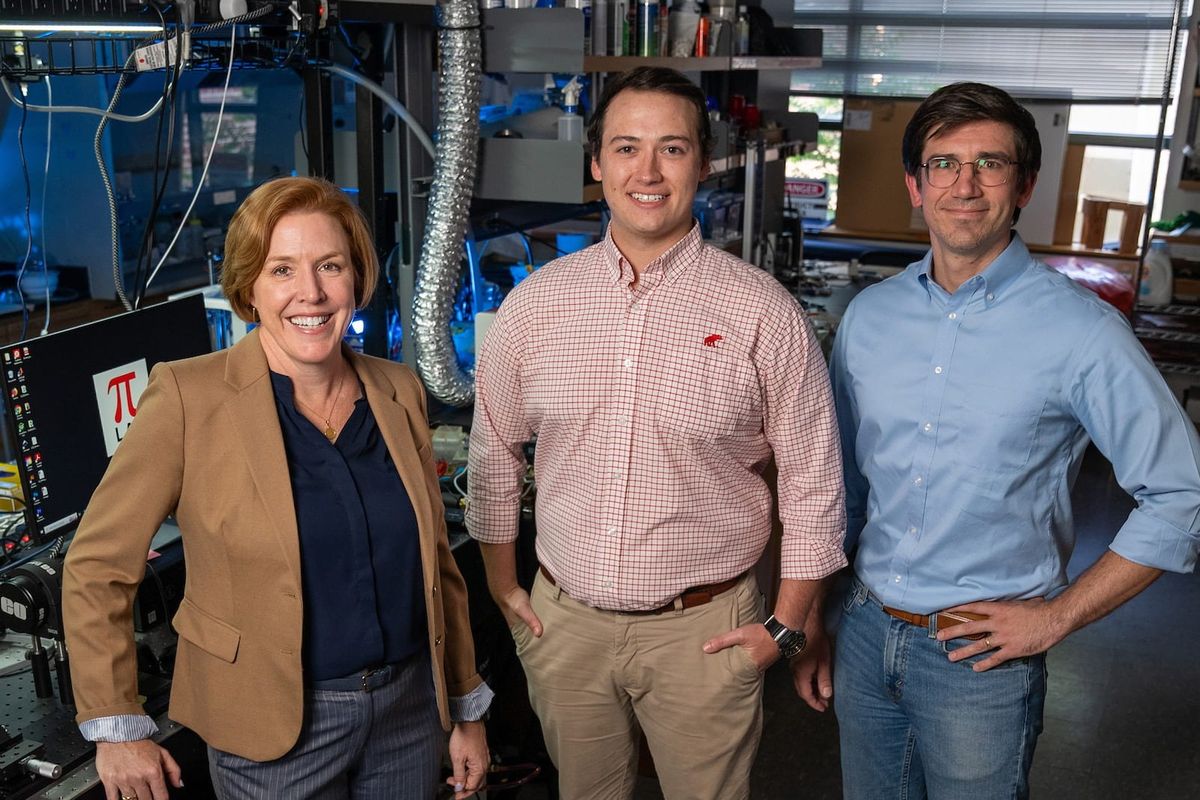10 Houston scientists named to fellowship for turning research into businesses
top of class
Rice University has announced its latest cohort of fellows who aim to translate research into real-world startups.
The 2024 cohort of Rice Innovation Fellows is the third of its kind since the university's Office of Innovation and The Liu Idea Lab for Innovation and Entrepreneurship (or Lilie) launched the program in 2022. The group includes 10 Ph.D. and postdoctoral students working in engineering and materials science fields.
The program provides personalized mentorship and up to $20,000 equity-free funding.
According to Lilie, the 10 members of the 2024 cohort are:
- Barclay Jumet, a Ph.D. candidate in the department of mechanical engineering, working under Dan Preston and specializing in mechanics, thermal systems and wearable technologies. InnovationMap covered his recent technology here.
- Tianshu Zhai, a Ph.D. student studying materials science specializing in hexagonal boron nitride-based thermal interface materials
- Zachary Kingston, a postdoctoral research associate and lab manager for the Kavraki Lab in the Computer Science department at Rice, working under the direction of Dr. Lydia Kavraki, a pioneer in the field of robot motion planning. Kingston is developing a novel approach to high-performance, low-cost robot motion planning with Wil Thomason.
- Soobin Cho, a Ph.D. student and co-founder of Duromem, which created the Dual-Role Electrically Conductive Membrane to improve existing water treatment systems
- Sara Abouelniaj, a Ph.D. candidate in Material Science and Nanoengineering and founder of Graphene Grids LLC, which is exploring opportunities to diversify its range of grid types services offered
- Alisha Menon, is founding a medical device startup that's developing wireless, AI-enabled patient monitoring devices for babies in the NICU. Her work is being done in collaboration with the Texas Medical Center and Rice, with support from NSF and the Southwest Pediatric Device Consortium.
- Wil Thomason, a CRA Computing Innovation postdoctoral fellow in the Kavraki Lab at Rice University who is developing low-cost robot motion planning with Kingston
- Jeremy Daum, a Ph.D. candidate at Rice in the Materials Science department working on a a novel production method to create photocatalysts
- Jonathan Montes, a Ph.D. candidate in Bioengineering focused on combating neurodegenerative diseases with highly selective neuromodulation
- Andrew (AJ) Walters, a Ph.D. student in Bioengineering working in the labs of Dr. Caleb Bashor (Rice) and Dr. Scott Olson (UTHealth Houston McGovern Medical School) who's building an accessible allogeneic cell therapy to treat inflammation disorders and potentially cancer. He was awarded a three-year NSF Graduate Research Fellowship in 2022.
Over the last three years, Innovation Fellows have brought in more than $6 million in funding for their ventures, according to Rice.
Last year, the cohort of 10 included doctoral and postdoctoral students working in fields from bioengineering and chemistry to civil and environmental engineering.
Late last year, Lilie also announced its new entrepreneurship council known as Lilie’s Leadership Council. The group is made up of 11 successful business leaders with ties to Houston from the likes of co-founder Frank Liu to former Houston Mayor Annise Parker and several other CEOs and board members of successful companies. The council members agreed to donate time and money to the university’s entrepreneurship programs.




 Marcia O'Malley (from left), Barclay Jumet and Daniel Preston developed a wearable textile device that can deliver complex haptic cues in real time to users on the go. Photo by Brandon Martin/Rice University
Marcia O'Malley (from left), Barclay Jumet and Daniel Preston developed a wearable textile device that can deliver complex haptic cues in real time to users on the go. Photo by Brandon Martin/Rice University


















